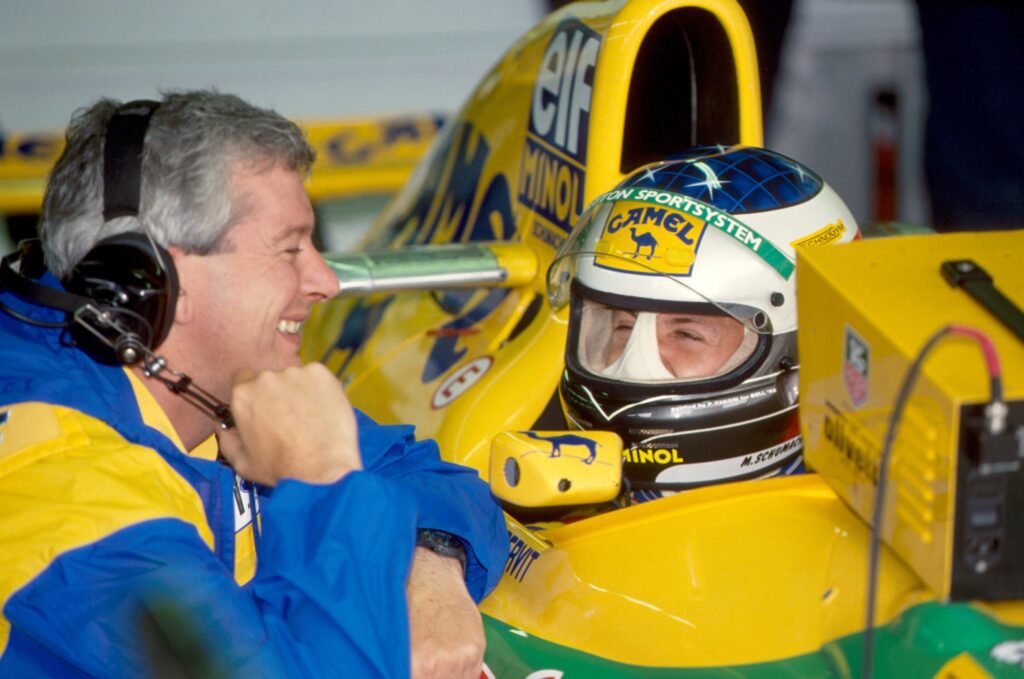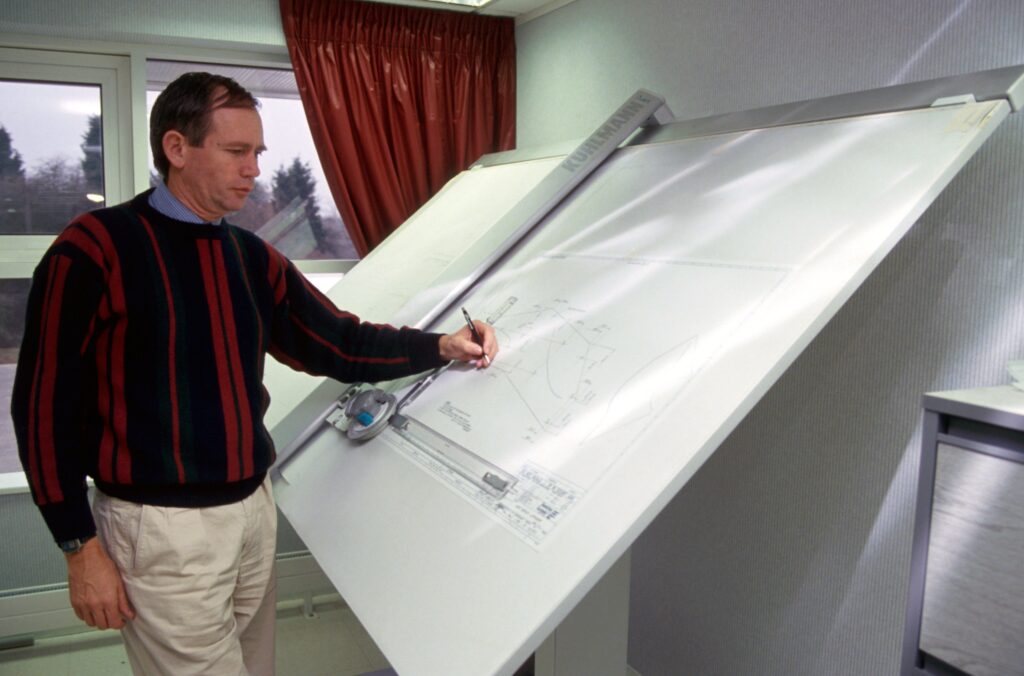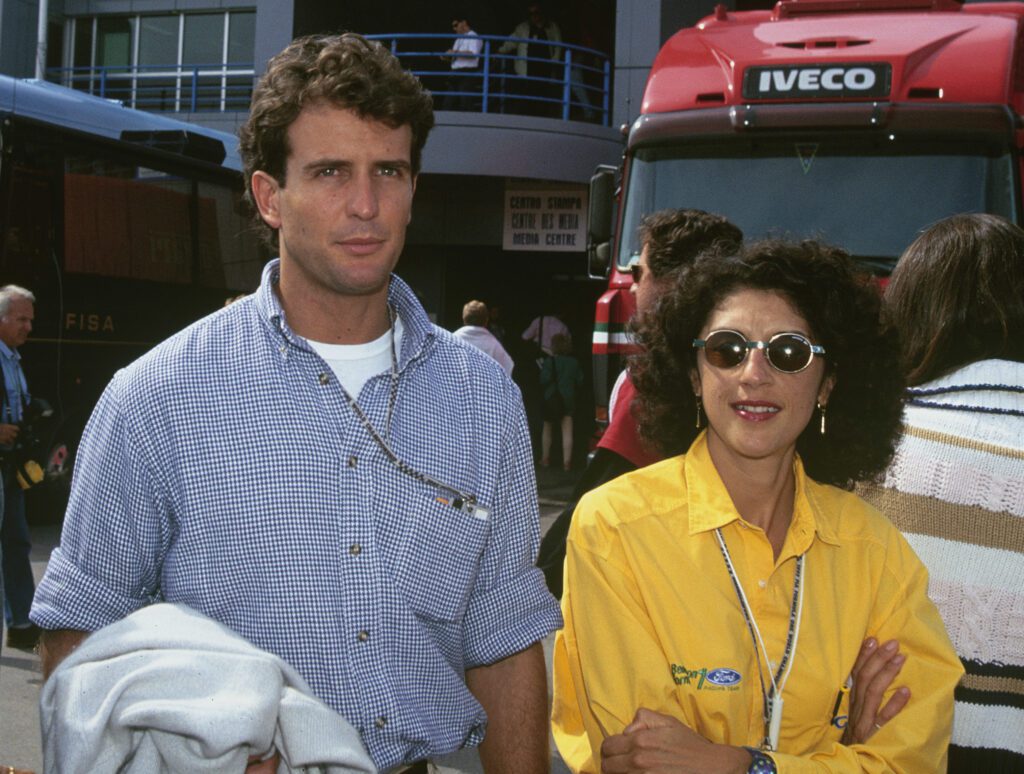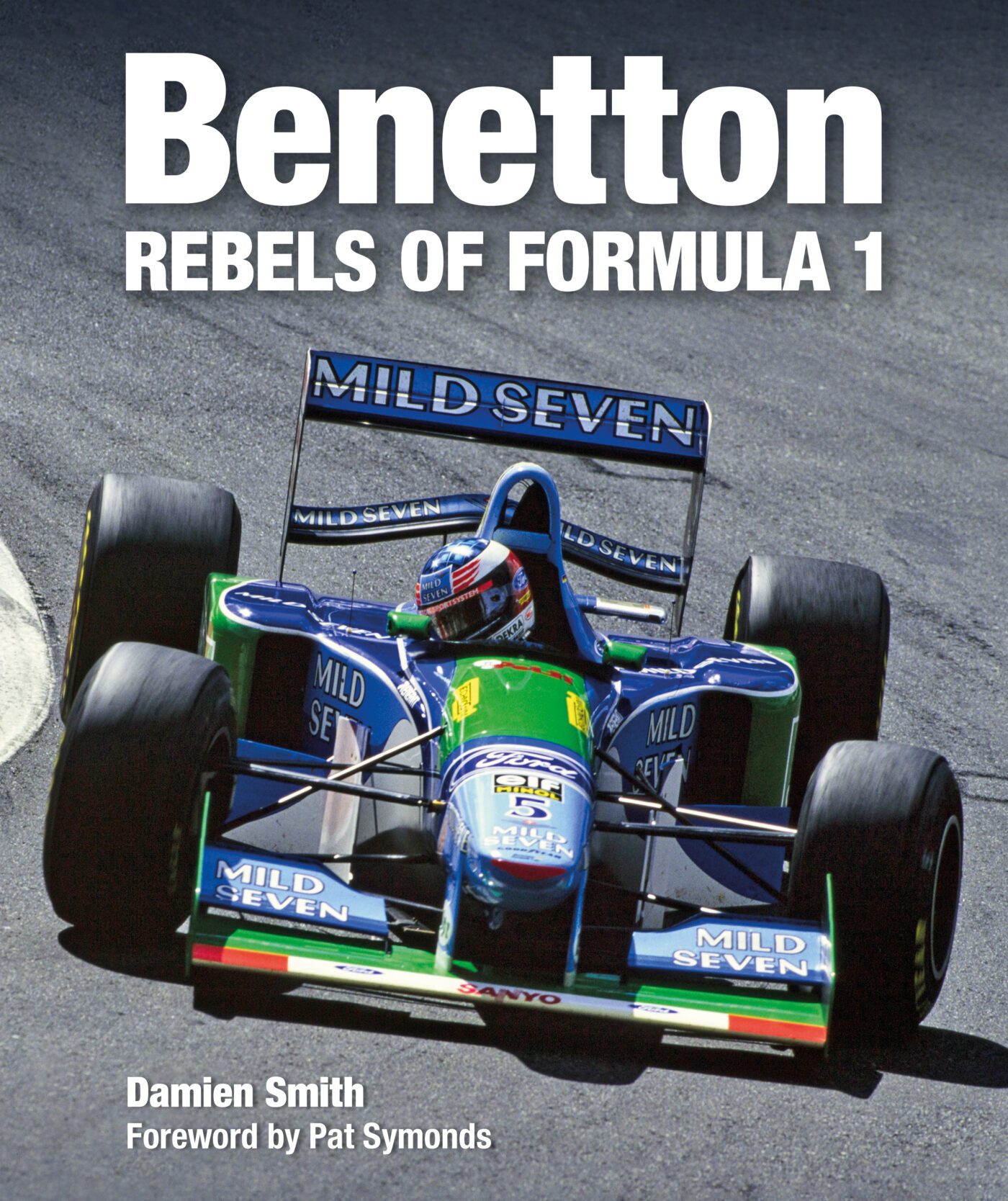Benetton was a team that you felt burned the candle at both ends in Formula 1, but delivered world championships, intrigue, controversy and an ‘us versus them’ rebellious streak that made it one of F1’s more interesting teams.
Trying to tell the Benetton story from its disputed early beginnings all the way through Michael Schumacher’s double title success and the famous characters who helped deliver them with a flamboyant zest, was never going to be an easy task.
Luckily, one of the most respected award-winning automotive and racing journalists and authors, Damien Smith, was the man undertaking the project, Benetton: Rebels of Formula 1.
Smith joins Podium Life to shine a light on why he chose the Benetton project, and whets your appetite for the book which is out now. Not to mention, it is surely an essential entry on any fan’s Christmas list to Santa.
What made you want to undertake a project like this? What was it about Benetton?
I held no great affinity for the F1 team or Benetton as a company. But a couple of things drew me to the subject. First, 1980s/90s topics are increasingly popular when it comes to motor sport books.
Second, there has been plenty written about Williams, McLaren and Ferrari over the years, but I feel Benetton is somewhat overlooked – especially as it won two world titles with Michael Schumacher in 1994-95.

My publisher, Evro Publishing, approved too, as did Pat Symonds, the team’s long-time engineer and technical director. When Pat agreed to write the foreword and give me a hand I knew the project was worth pursuing.
Were there any major revelations from your research and writing the book about the team and the people in it? Anything that surprised you?
I knew the outline story well. What I learned as I got into the detail was how close-knit Benetton was as a team – and remains today under its guise as Alpine.
It was the detail that kept me hooked rather than some large revelation: how Benetton came to buy the team in early 1985; why insiders consider that the first season as Benetton rather than as Toleman (its first iteration) when the record books say the era started in 1986; what it was like working inside one of the most controversial yet happy F1 teams on the grid; and how everyone loved working with Rory Byrne, who in many ways is the central character in this narrative.
The people make any story, and I was lucky that in this one the key characters were fascinating, colourful and mostly happy to talk.
You can only write a book like this with the help of some of the key people involved. Can you give some insight into some of the people you spoke to and where that took you around the globe to get the information you needed?
I spent six hours with Pat Symonds over two sessions in his kitchen. Those interviews, combined with my research, were the foundation of the story.
I spoke to Rory Byrne in 2020 during the height of Covid. He was confined to a hotel in Bangkok for 10 days and proved a delightful interview.

Peter Collins, who ran the team between 1985 and 1989, gave me two and half hours on a call to Switzerland. Expensive, but vital to the story. He gave me an amazing amount of insight.
Flavio Briatore took time to track down, but via Patrizia Spinelli he was worth the wait. I spoke to him on the phone to his office in Monaco.
Also through Patrizia I made a breakthrough just a matter of months before I submitted the manuscript: I secured an interview with Alessandro Benetton, son of company co-founder Luciano.

I made a two-day trip to Treviso, visited the amazing Benetton HQ and archive, then spent an hour with Alessandro. He was keen to ‘claim back’ the Benetton F1 story on behalf of his father and the interview formed a ‘final word’ epilogue that I feel properly completed the book.
What will people take away from this book once they’ve read it?
First, I hope they enjoy what I think is a great racing yarn.
I also hope I’ve given a sense of the independent ‘rebel’ spirit that drove those who worked there.
The book highlights how much F1 has changed, but at the same time I also think there are lots of parallels to the present day, particularly the comparison between Benetton and Red Bull.
In some ways, an Italian clothing company coming into F1 from the left-field and winning can be seen as a forerunner to an energy drink manufacturer from Austria doing the same decades later.
I hope it shines a light on precisely what this team contributed to F1 in the 1980s and 1990s (and beyond), and that there is more to it than the cheating accusations that have always hung over it since the controversial 1994 season.
What were some of the key pieces of equipment you used for this project?
I work on a MacBook Air laptop. Most of it was written on one that dates back to 2016 – until a couple of the keys popped off in November last year!
I bought a new one and it remains the essential tool for all my work. In terms of interviews, I recorded them on my Apple iPhone 13.
As a fallback I still sometimes use an ancient dictaphone that dates back more than 20 years and was picked up for free in an F1 paddock when Panasonic used to sponsor Toyota! Surprisingly, it still works – and highlights what a cheapskate I am that I still use it.
Where should people buy the book?
The book is widely available at online stores and specialist book shops, but I’d always recommend going direct to the source, at Evro Publishing.
Benetton: Rebels of Formula 1
By Damien Smith
Published by Evro Publishing, £60
ISBN: 9781910505588
